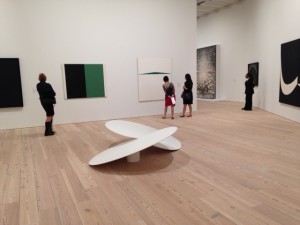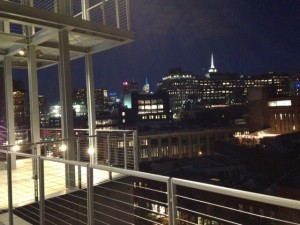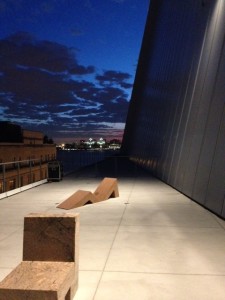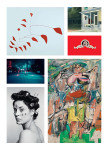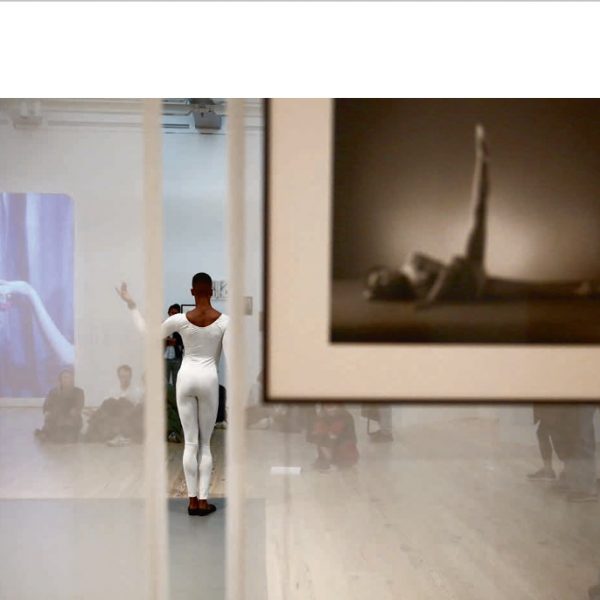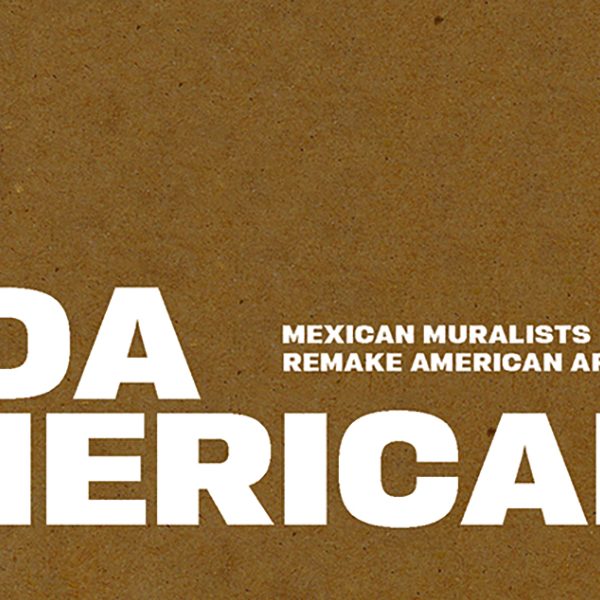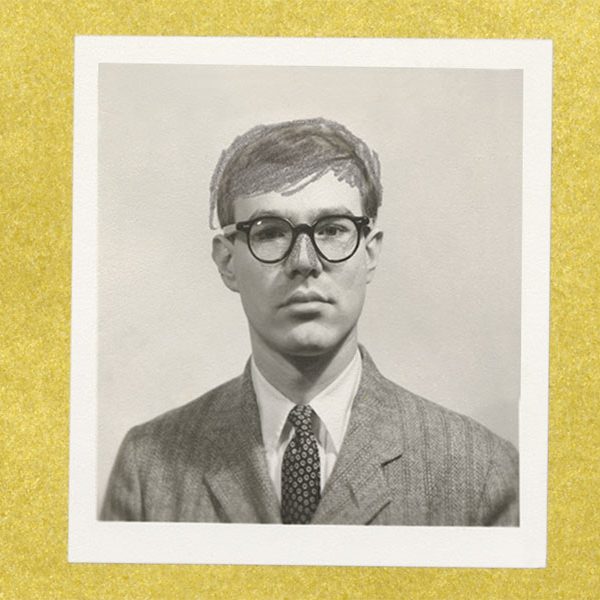Notes from the Field: The New Whitney
To commemorate the official opening to the public of the new location of the Whitney Museum of American Art, our Publisher of Art and Architecture sent these notes from the field after her attendance at one of this week’s opening events.
Patricia Fidler–
Stepping out of the taxi on Gansevoort Street about a block away from the new Whitney Museum of American Art, the scene was festive and beautiful: the sun was setting, people were everywhere, and white confetti was scattered all over the ground. Even the spring trees, now finally in full bloom, were celebrating the arrival of the new Whitney.
My cab driver was skeptical at best when I told him that I wanted to go to the “new Whitney.” There’s only one Whitney, he said, and it is definitely not in the Meatpacking District. A conversation ensued, during which he wondered aloud, “What’s wrong with the old museum?”
To many of us, there was nothing wrong with the Breuer building; we loved it, but we also knew the museum had outgrown it. The Whitney has headed downtown and has found interesting new neighbors. I was struck by how the Whitney has embraced its new site–one that has a decidedly different personality than its former Madison Avenue address. The museum seems to appreciate the new vitality derived from and inspiration that will be drawn from its surrounds.
Yuji Agematsu’s “Walk on A,B,C” was a highlight of my visit. In the Whitney’s theater space, with high ceilings and full-length windows facing the Hudson River, I watched this carefully choreographed slide show (nine screens with an equal number of projectors working on timers). As the sun set, the images, many of which were shot with microscopic or telescopic lenses, became a sort of visual symphony of the “stuff” found near the museum. Tracing routes through the Meatpacking District, along the Hudson River, Gansevoort Peninsula, West 14th Street, the High Line, Chelsea, and Hudson Yards, Agematsu’s inspired found-object aesthetic captures and displays for us: dirt, the inside of trash cans, weeds, cracked concrete, sky, clouds, light. I don’t think Agematsu’s project included any images of newly fallen tree blossoms, but it was beautiful nonetheless.
I was afraid that I was going to miss the old Whitney, but I did not. I send congratulations to the Whitney and look forward to many more visits.
Further reading: Whitney Museum of American Art Handbook of the Collection, edited by Dana Miller and with an introduction by Adam D. Weinberg























